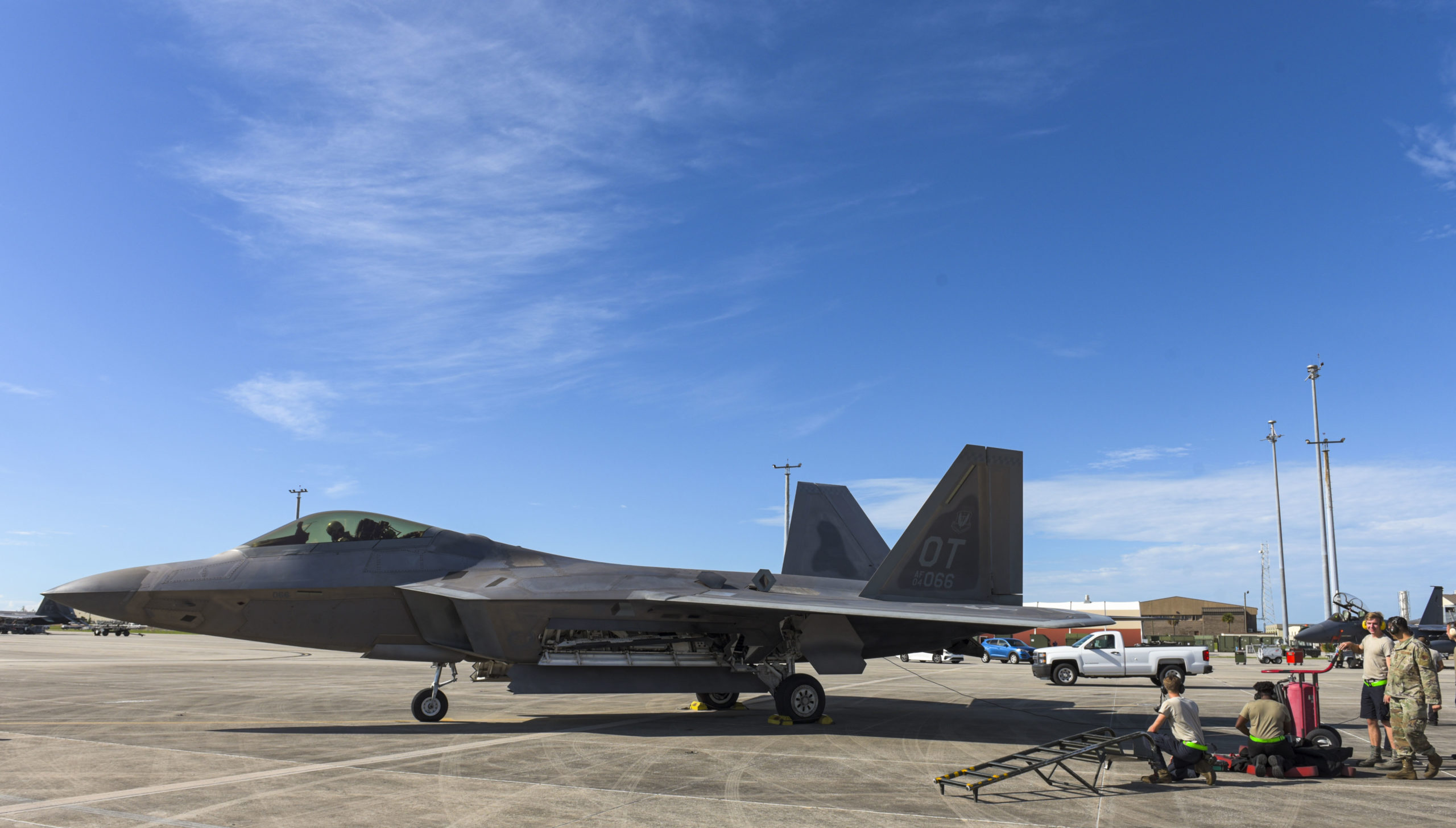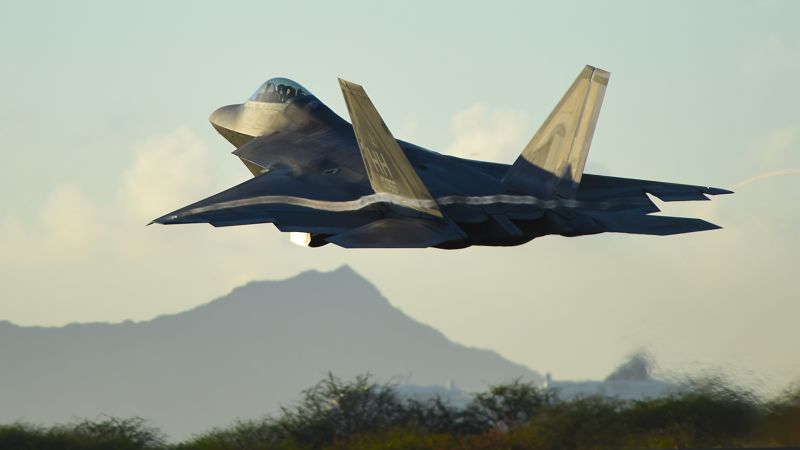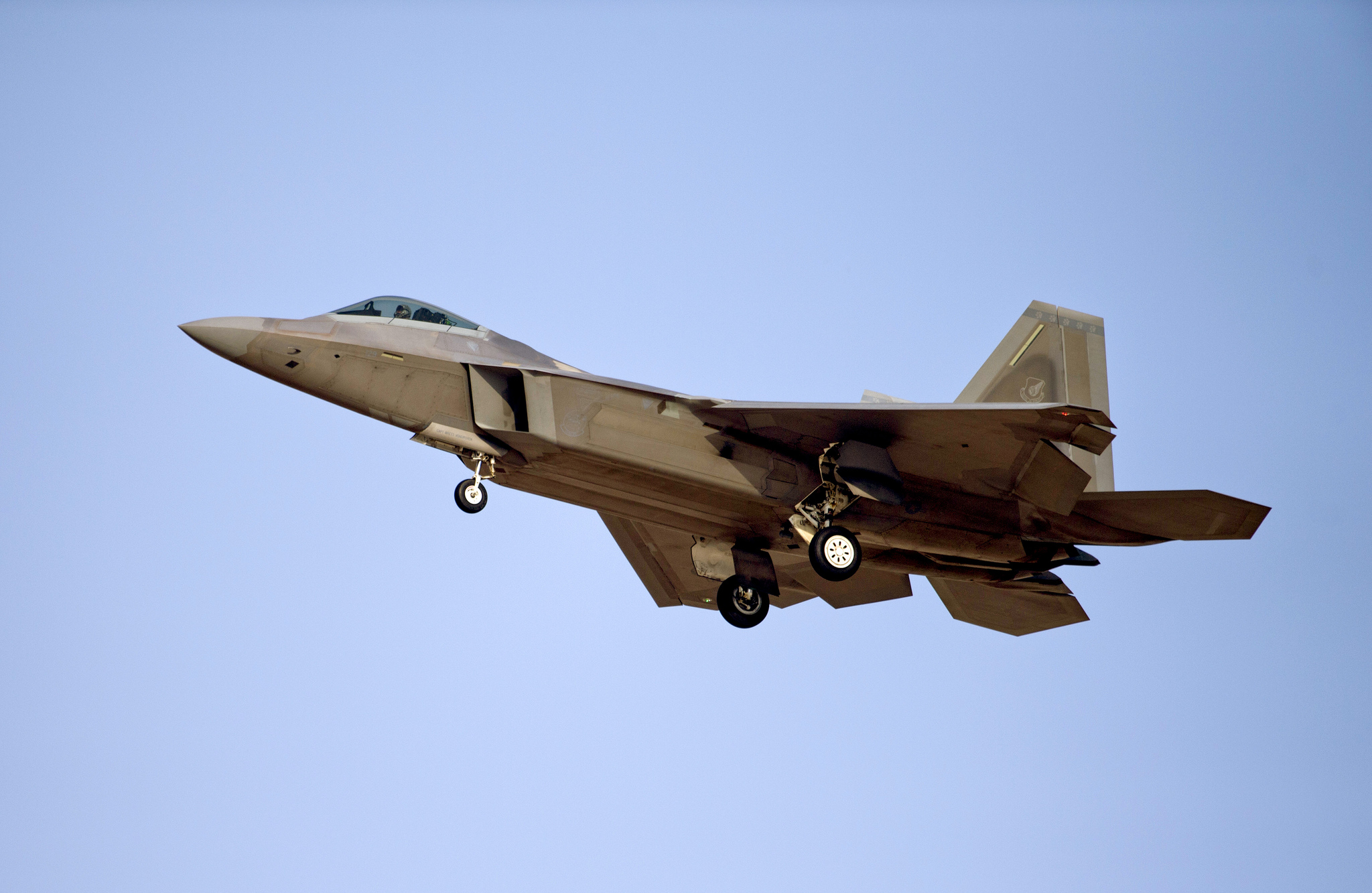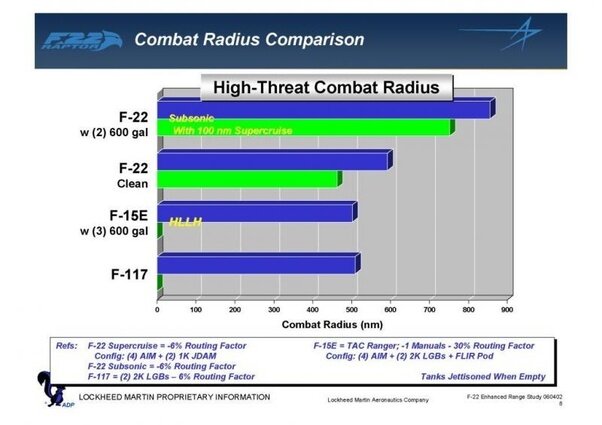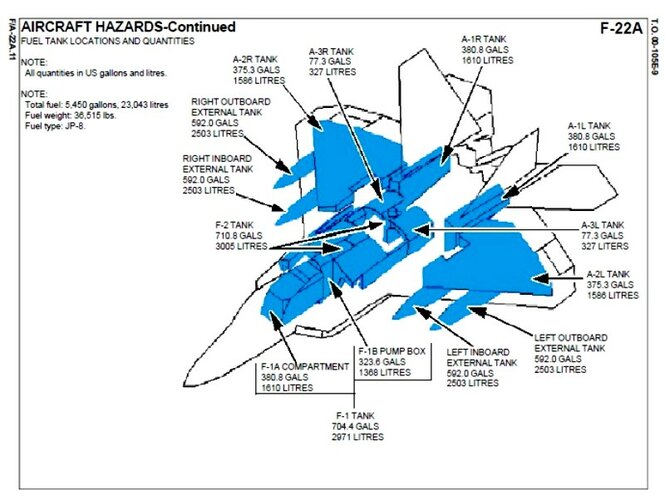Years ago (my memory is fussy so someone might be able to correct me) when one f-22 crashed during a mission they were doing M1.3 or 1.5 at like 13.000m (my numbers might be wrong) they were just cruising. Apparently, the pilot that crashed either suffered hypoxia or g-locked and the airplane went on a dive.
I know DCS is a sim, but sometimes flying a Su-27 supersonic at high altitude made it easy to kill lower flying airplanes, especially if the mission scenario was mountanous. Everybody on the blue side would be looking for a low flying flanker so they were not looking up. So I would just use datalink to see where some of the blue guys were, climb at military power, and then at around 10.000m engage the afterburners to climb to 14.000m. From there I would use datalink to locate a target and only engage the radar close enough that my missiles had plenty of energy to reach. I imagine doing this same thing in an f-22 would be even more effective. I imagine that's how the raptors operate, fly high and fast, locate targets, shoot some AIM-120s undetected, then the AIM-120 they go pitbull, the enemy airplanes would have just seconds to react. Let's say the f-22 gets detected by heat signature, then most likely he (The f-22) would be turning perpendicular to the enemy airplane supersonic at high altitude, making it really hard to be able to launch anything at him.
I know DCS is a sim, but sometimes flying a Su-27 supersonic at high altitude made it easy to kill lower flying airplanes, especially if the mission scenario was mountanous. Everybody on the blue side would be looking for a low flying flanker so they were not looking up. So I would just use datalink to see where some of the blue guys were, climb at military power, and then at around 10.000m engage the afterburners to climb to 14.000m. From there I would use datalink to locate a target and only engage the radar close enough that my missiles had plenty of energy to reach. I imagine doing this same thing in an f-22 would be even more effective. I imagine that's how the raptors operate, fly high and fast, locate targets, shoot some AIM-120s undetected, then the AIM-120 they go pitbull, the enemy airplanes would have just seconds to react. Let's say the f-22 gets detected by heat signature, then most likely he (The f-22) would be turning perpendicular to the enemy airplane supersonic at high altitude, making it really hard to be able to launch anything at him.

